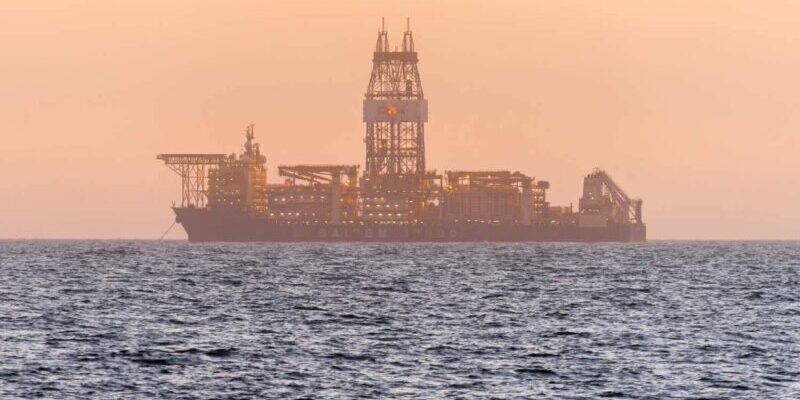Namibia’s Jonker-1X light oil discovery – made last month by partners Shell, QatarEnergy and the National Petroleum Corporation of Namibia (NAMCOR) – represents the third discovery in a string of Orange Basin exploration successes announced in the past year.
Coupled with the Graff-1X and Venus-1X finds (made in 2022 merely weeks apart), leading International Oil Companies (IOCs) are proving the size and scope of Namibia’s deepwater hydrocarbon resources.
As such, Namibia’s E&P sector is expected to attract significant foreign investment, fueling the growth of the Namibian economy in the process.
Already, Namibia has seen heightened interest and commitments from IOCs in its frontier basins. QatarEnergy, for example, holds interests in three Orange Basin Exploration Licenses – PEL-39 (45%), PEL-56 (30%) and PEL-91 (28.33%) – covering a total area of over 28,000 km².
These licenses comprise just a small part of the Orange Basin’s total E&P development potential, and Qatar’s state-owned petroleum company has shown its eagerness to expand operations further. Following the Jonker-1X discovery, a Memorandum of Understanding (MoU) was signed between QatarEnergy and Namibia’s Ministry of Energy and Mines earlier this month to promote continued cooperation between the two countries in the realm of knowledge sharing, workforce development and upstream investments.
“We are pleased to further enhance our cooperation with the Government of Namibia and build on our recent successes. This agreement further strengthens our relationship as we work jointly towards a prosperous future,” said Qatar’s State Minister for Energy Affairs and QatarEnergy CEO, His Excellency, Saad al-Kaabi.
The MoU represents one of several bilateral agreements forged between Namibia and international partners in the past year. Last November, Namibia signed an MoU with Angola’s Ministry of Mineral Resources, Petroleum and Gas to pave the way for direct collaboration in the oil and gas sector, as Namibia attempts to model its own local content policies after Angola’s success.
Another MoU with Zambia signed last year will provide for the construction of an oil and gas pipeline between the two neighboring countries, enabling both to address deficiencies in the availability of petroleum products. Together, these agreements signal growing partnership and investment opportunities within Namibia’s oil and gas sector.
While the entire Namibian economy is experiencing heightened interest from investors, FDI flows to the country’s hydrocarbons sector have witnessed significant growth, rising to $338 million in Q2 of last year due to an influx of equity capital for exploration activities.
Total FDI stock ($6.3 billion) currently makes up more than half of Namibia’s GDP. Presently, the mining industry remains Namibia’s largest draw of FDI inflows, responsible for driving the country’s post-pandemic recovery, with diamond production alone increasing by 46% in 2022.
China has invested heavily into Namibian mining, particularly in uranium. However, the Jonker-1X, Venus-1X and Graff-1X discoveries reflect rising foreign investment into Namibia’s hydrocarbons sector, which could replace mining as the country’s most attractive industry.
Business-friendly policies will be critical to ensuring development across Namibia’s energy sector at-large. Green hydrogen, solar and wind projects are expected to be funded and actualized through foreign investment secured through hydrocarbons and the reinvestment of earnings by some IOCs into other sectors – and will benefit from infrastructure works currently being carried out. The World Bank, for example, is already preparing a Transmission Expansion and Energy Storage Project in Namibia, which will increase uptake capacity and strengthen the transmission network in preparation for the anticipated generation capacity increases promised by renewable energy projects.
Existing FDI is governed under the Foreign Investment Act of 1990 and is the foundation for Namibia’s attractive investment environment.
It outlines the equal treatment of foreign and domestic firms, expropriation compensation and steps for international dispute arbitration.
It also establishes the right of international firms to remit profits and guarantees their foreign exchange access. More recent policies aimed at attracting new FDI include the Namibia Investment Promotion Act (2016), which further protects investor rights, and a series of existing tax incentives that may be made newly available to additional industries across Namibia’s energy sector. As the latest offshore oil discoveries progress towards large-scale development, Namibia is well-positioned to attract significant FDI flows to its nascent energy sector, triggering growth across its national economy.
![]()




